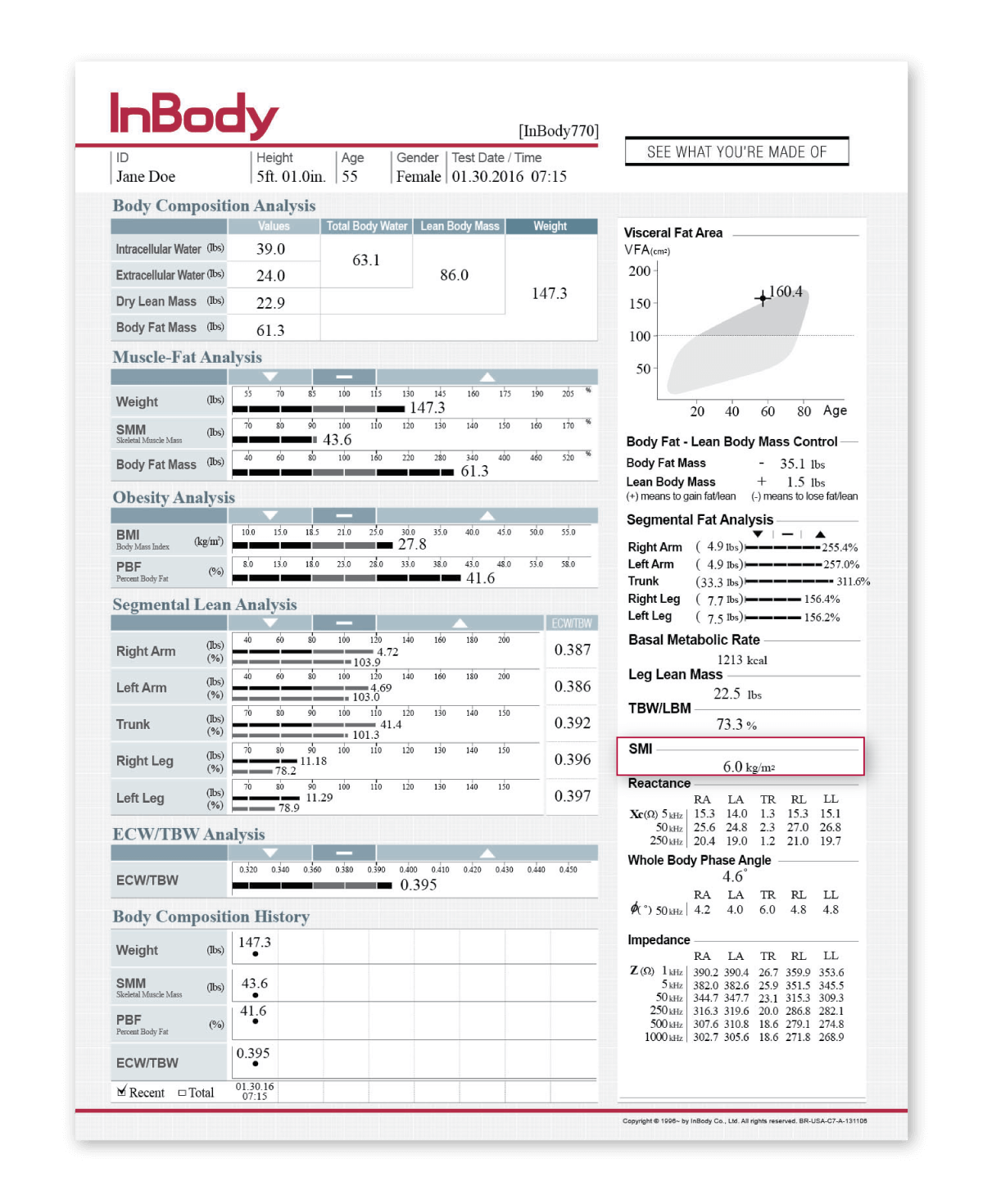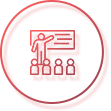
Studies have proved InBody DSM-BIA body composition analyzers are an effective tool for managing patients’ diabetic risks and symptoms. InBody products do not rely on empirical data, therefore, medical professionals can be sure that the outputs generated by the device accurately reflect changes happening in the patient.
In less than 60 seconds, an InBody Test provides a comprehensive Result Sheet to help professionals:
Visceral fat plays a key role in the development of metabolic and cardiovascular disease…
Diabetic peritoneal dialysis patients do appear to have increased extracellular fluid compared to their non-diabetic counterparts.
The evaluation of changes in body fat depots by bioelectrical impedance conveys additional information over changes in standard anthropometric indices…in predicting changes in the glycemic control and lipid levels in patients with type 2 diabetes.











 DIRECT SEGMENTAL MEASUREMENT (DSM)
DIRECT SEGMENTAL MEASUREMENT (DSM)InBody’s Direct Segmental Measurement (DSM) technology allows for separate muscle mass and fat mass readings in each segment of the body: right arm, left arm, left leg, right leg and trunk. By measuring each segment of the body separately, the InBody is able to provide an in-depth analysis of a patient’s fluid balance for each region. These outputs include intracellular water, extracellular water and ECW/TBW ratio. Objective measures of intracellular and extracellular water can identify water retention or edema in a certain limb, which can be a precursor to diabetes.
 MULTIPLE FREQUENCIES
MULTIPLE FREQUENCIESInBody devices utilize multiple frequencies results in highly precise measures of body water. Objective measures of fluid retention and edema can now be evaluated directly rather than relying on subjective assessments like pitting or monitoring of weight change.
 8 POINT TACTILE ELECTRODES
8 POINT TACTILE ELECTRODESInBody’s advanced 8-Point Tactile Electrode system uses the placement of electrodes in relation to the anatomy of the hands and feet to ensure a consistent starting point of measurement. This enhanced reproducibility gives providers confidence in results and enables a more detailed interpretation of body composition changes in relation to recent lifestyle changes.
 NO EMPIRICAL ESTIMATIONS
NO EMPIRICAL ESTIMATIONSDiabetes patients face a unique set of health issues, and each patient must be treated based on his/her individual concerns. Because of this, InBody devices do not rely on assumptions about an individual’s age, gender or ethnicity based on empirical estimations to determine the patient’s body composition, increasing accuracy and sensitivity of test results. Therefore, diabetes professionals can be confident that the results obtained are based on the patient’s body alone and can be used to validate the efficacy of their program.

